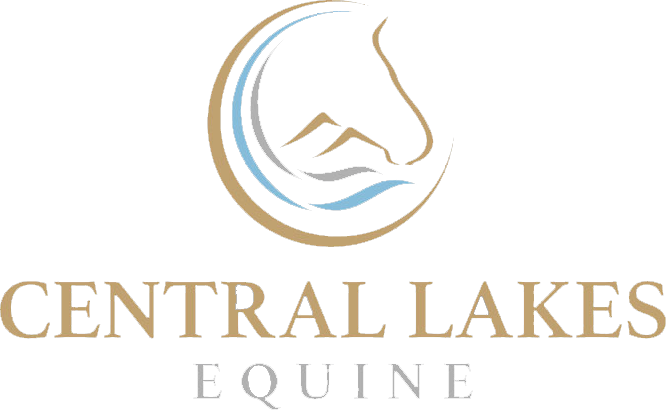Spring is coming and with it hopefully some grass! So, I thought I’d put up a little refresher on the risk of laminitis and the ways we can help prevent it.
Laminitis is a painful condition where the laminae inside the hoof become inflamed and swell. They are swelling inside the strong hoof wall so they can’t expand, and the pain can be excruciating.
Symptoms can range from a slight tenderness of the feet with ponies avoiding hard ground and appearing almost normal on soft ground, to ponies which are unwilling to move at all. They typically rock back and lean on their heels to try and take the weight off their toes. They have a shortened ‘shuffly’ stride in front and are very stiff when they turn.
Any horse can get laminitis if they have too much sugar in their diet. However, there are certain ones which are more likely to develop laminitis so I am going to list these and try to explain why they are at risk and what we can do to stop it. Prevention is always better than cure!
Equine Metabolic Syndrome (EMS): this is similar (but not the same as) type II diabetes in humans. It’s mostly seen in British pony breeds but can occur in any horse. Horses affected are often overweight with abnormal fat deposits and classically a ‘cresty’ neck. They develop an insulin resistance which then leads on to laminitis, and the good news is we can test for this by testing for a high blood insulin level, which helps us manage it.
Overweight horses and ponies are at a higher risk of developing EMS and laminitis.
Cushing’s Disease: also called PPID, this is a complex hormonal condition in which the horse’s hormones lose their normal rhythm. Unfortunately, it often results in laminitis. It usually occurs in older horses and ponies. These often have a curly coat, loss of muscle across their backs and may drink and pee a bit more than normal. We can test for this too, by testing for an excess of a hormone called ACTH.
(EMS and Cushing’s often come together! So, we often test for both if we’re suspicious of either.)
Not enough exercise: you should never exercise an animal with ongoing laminitis, but increasing exercise in a horse that is high risk for laminitis is one of the best ways to prevent it as it helps manage weight and keeps their metabolism healthy.
So please be careful with your new grass! If you a high-risk horse or pony try limiting the amount of fresh growth your horse has access to either by restricted grazing, strip grazing or using a grazing muzzle. You can also soak your hay to dissolve sugars. Limit the sugar in the rest of the diet by feeding meadow or timothy chaff and NOT lucerne chaff (often too high in protein leading to weight gain), nor chaff with molasses. In your concentrate feeds and balancers, look for a low starch and a digestible energy (DE) content of 10-12.
Call us for diet advice and a chat if you have any concerns about your horse’s diet or if you’re interested in testing for EMS or PPID. www.talkaboutlaminits.co.nz also has some great information on this topic.
